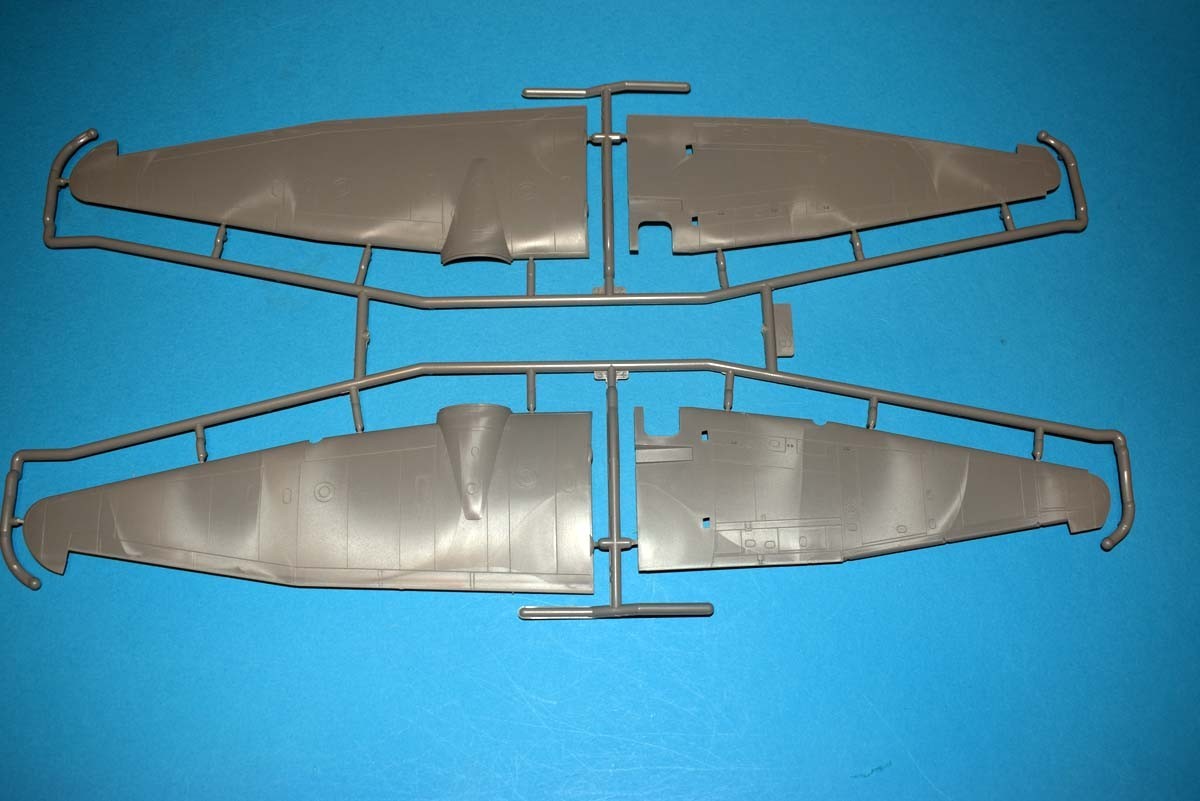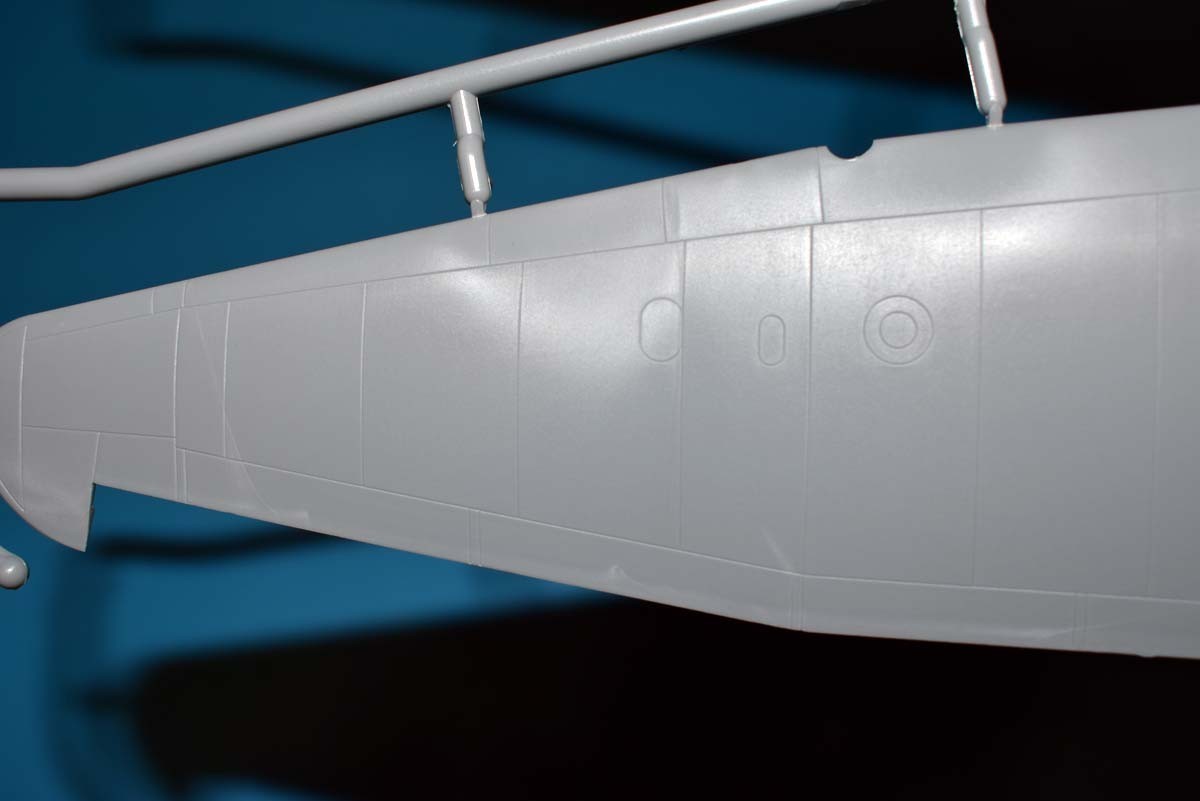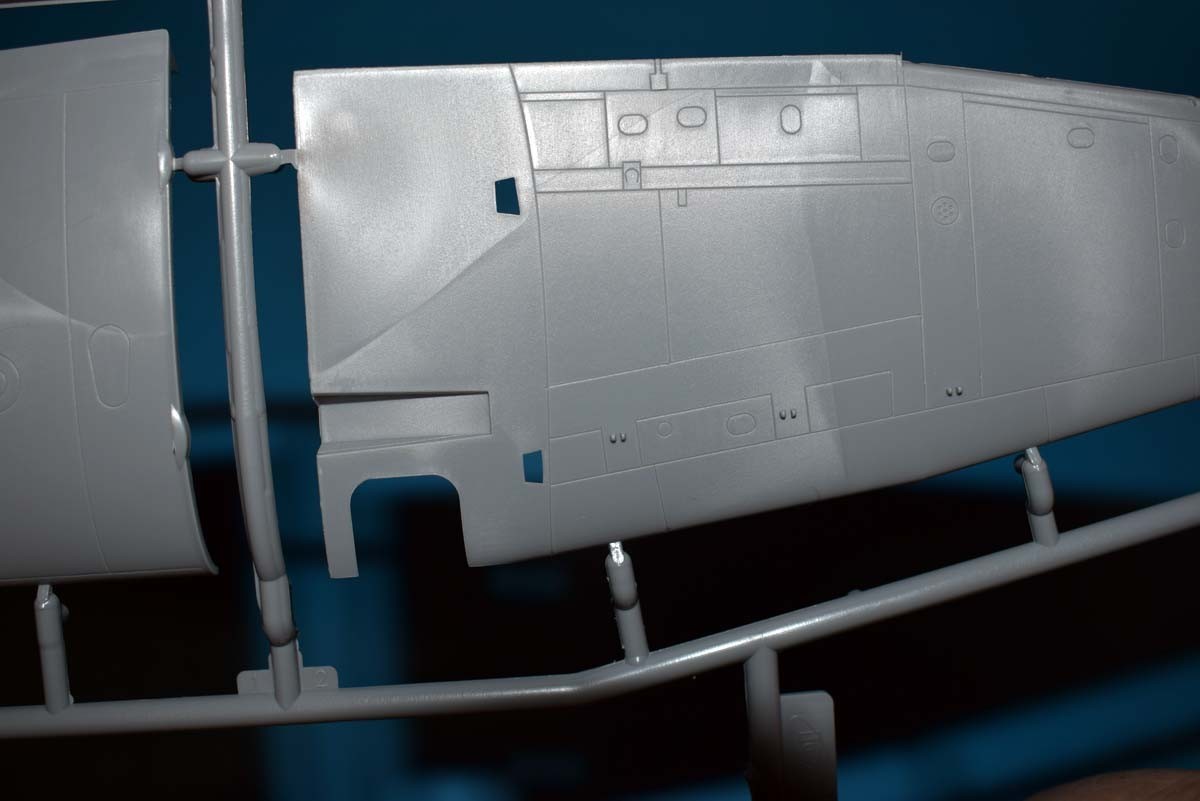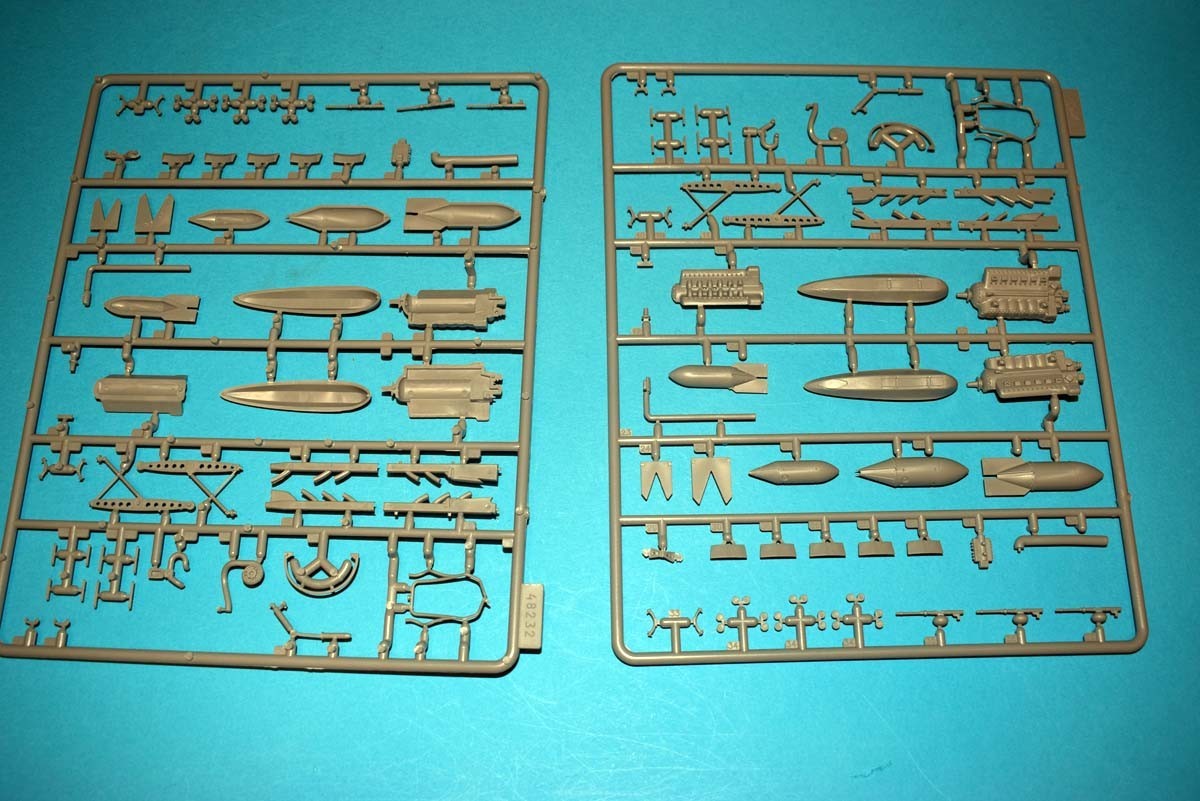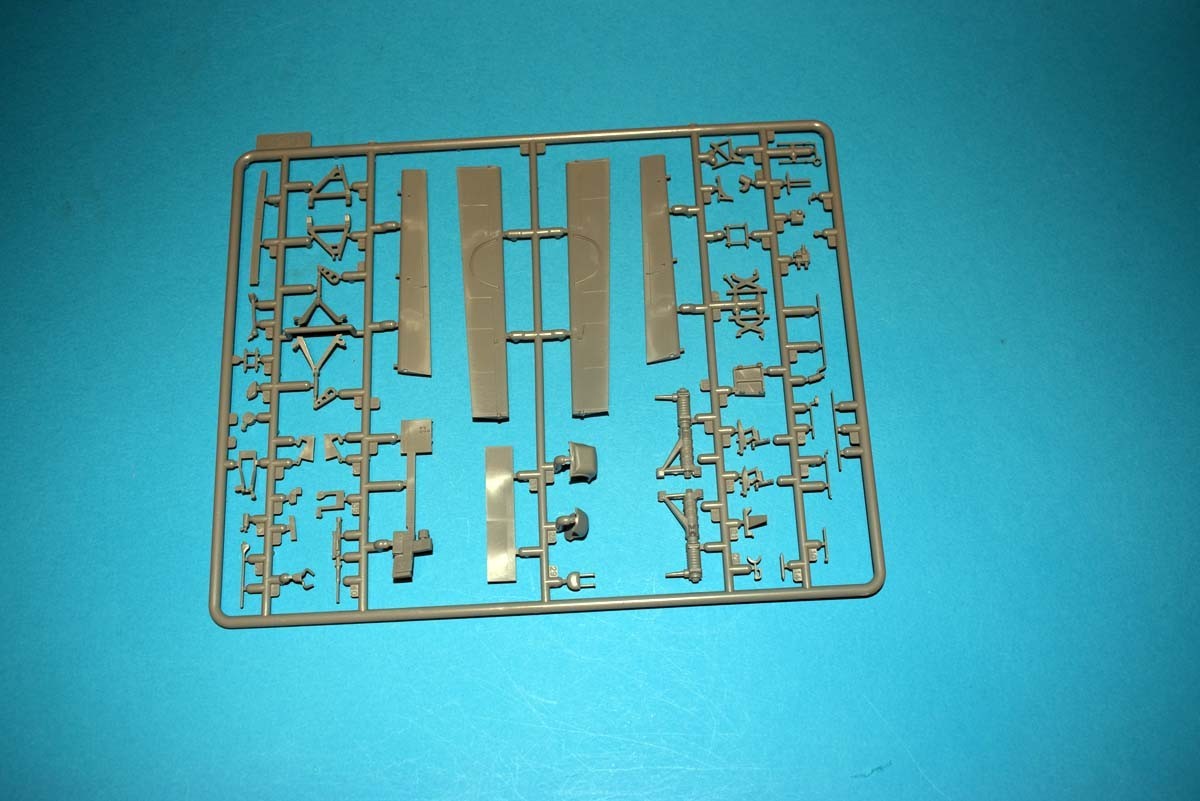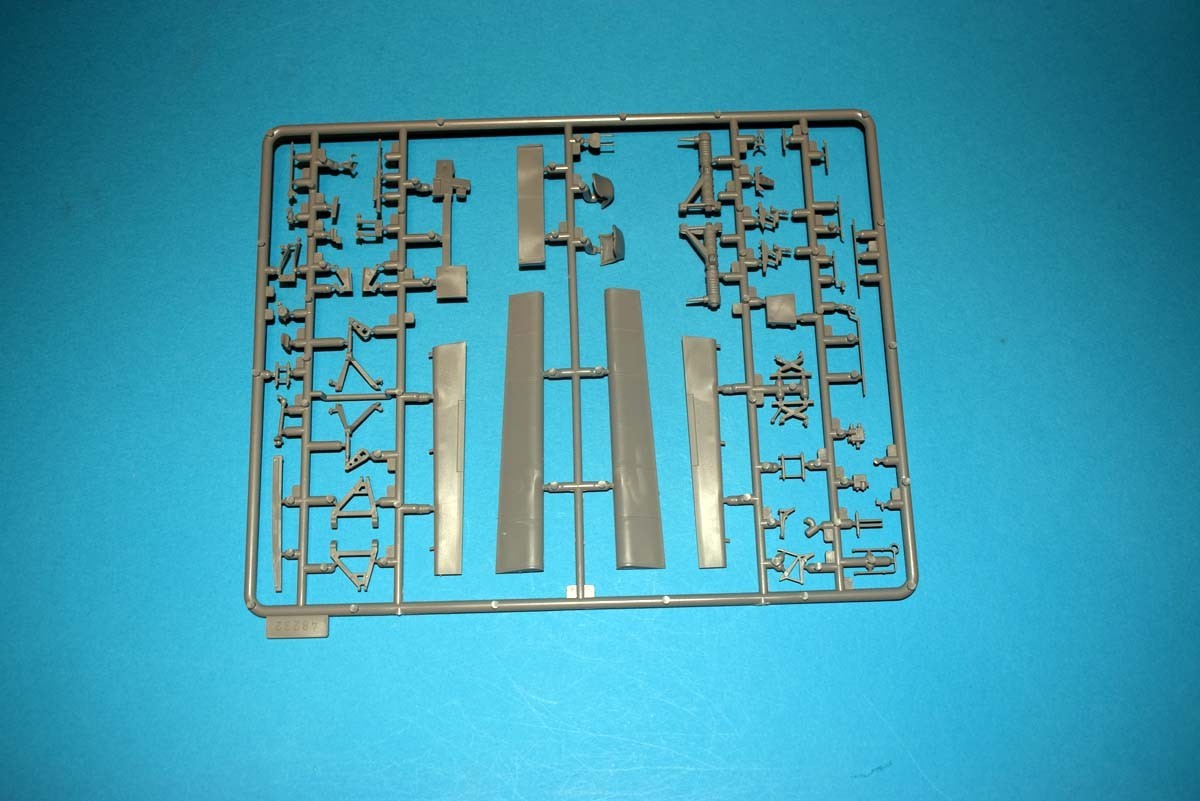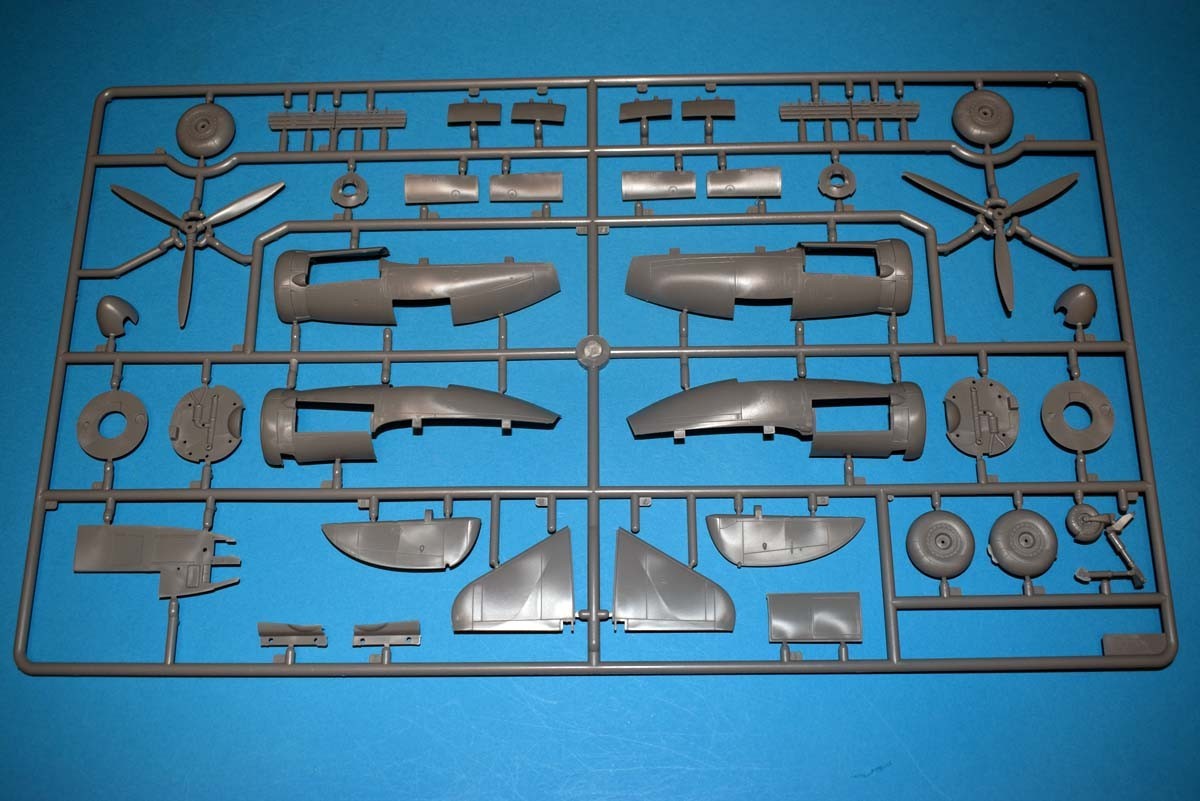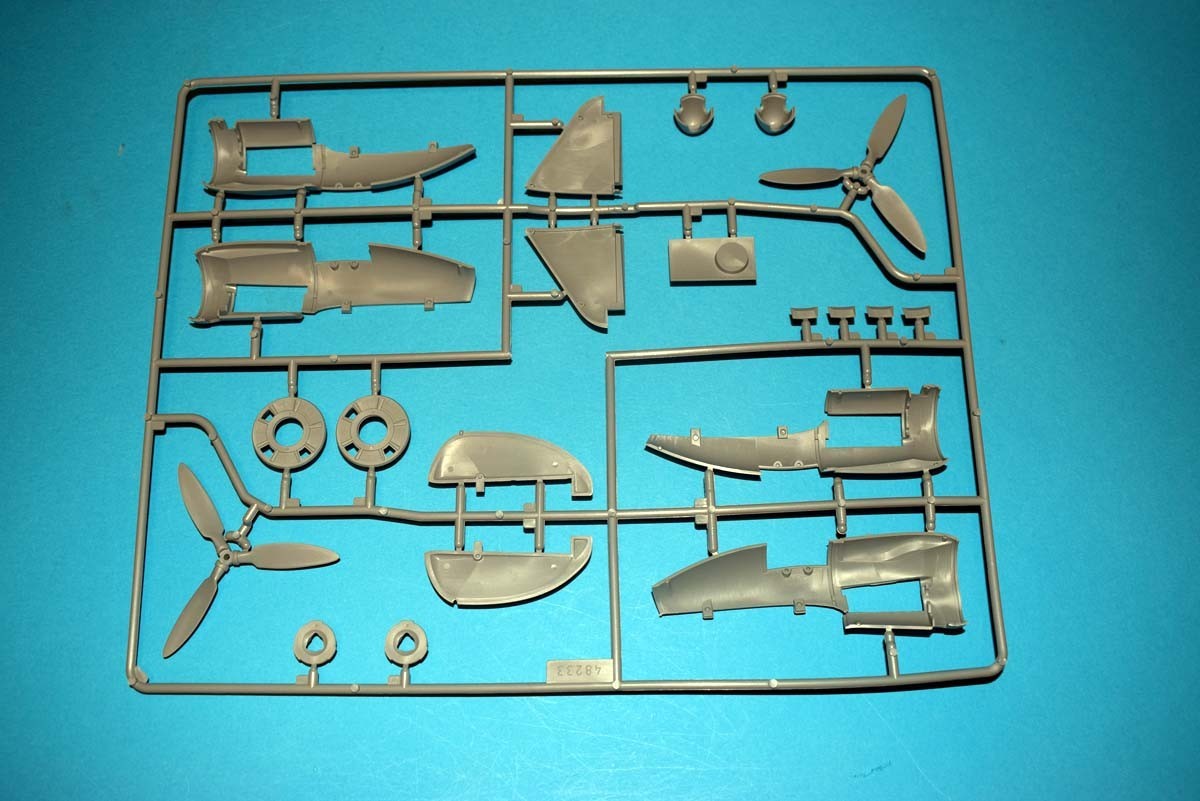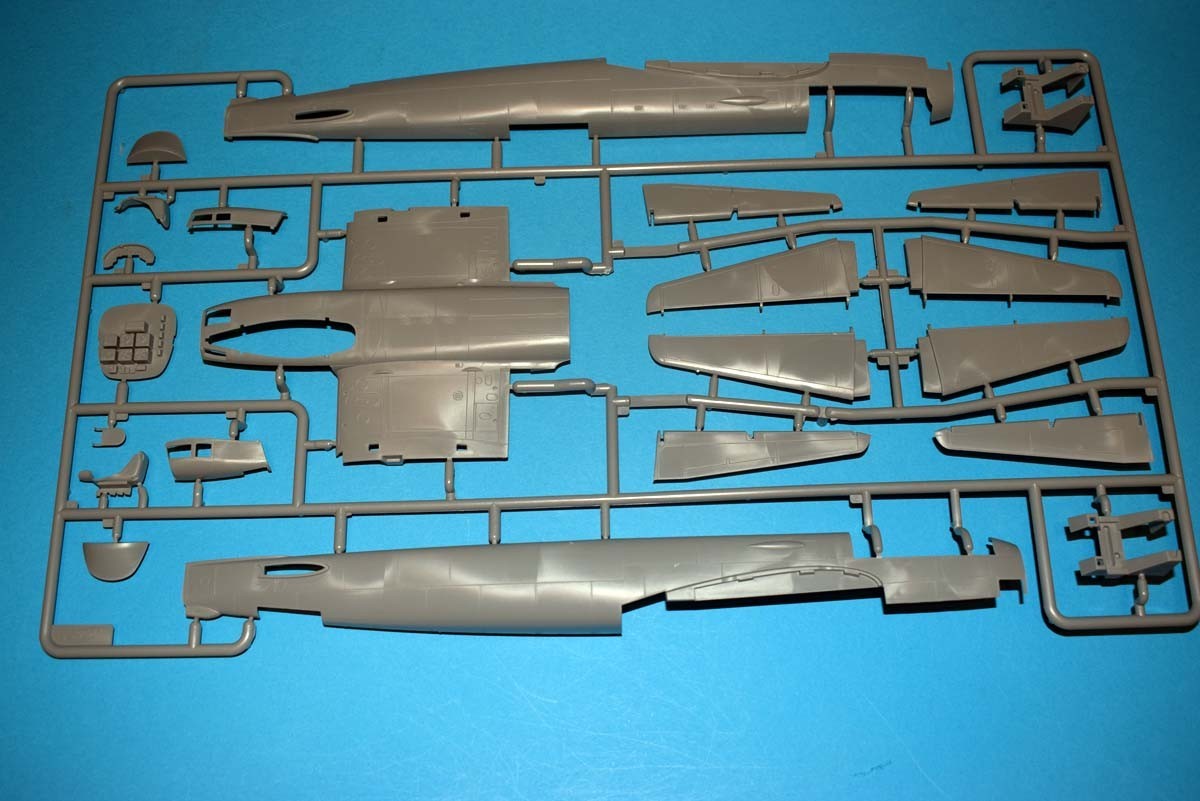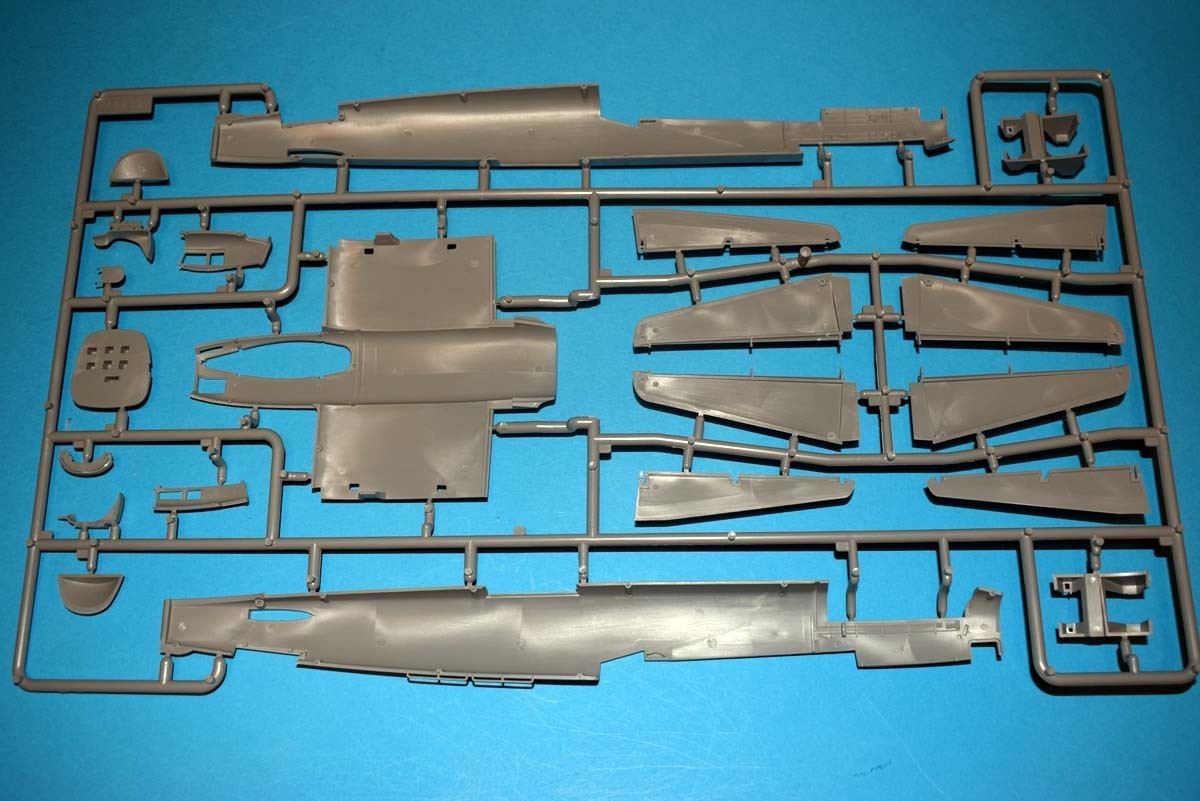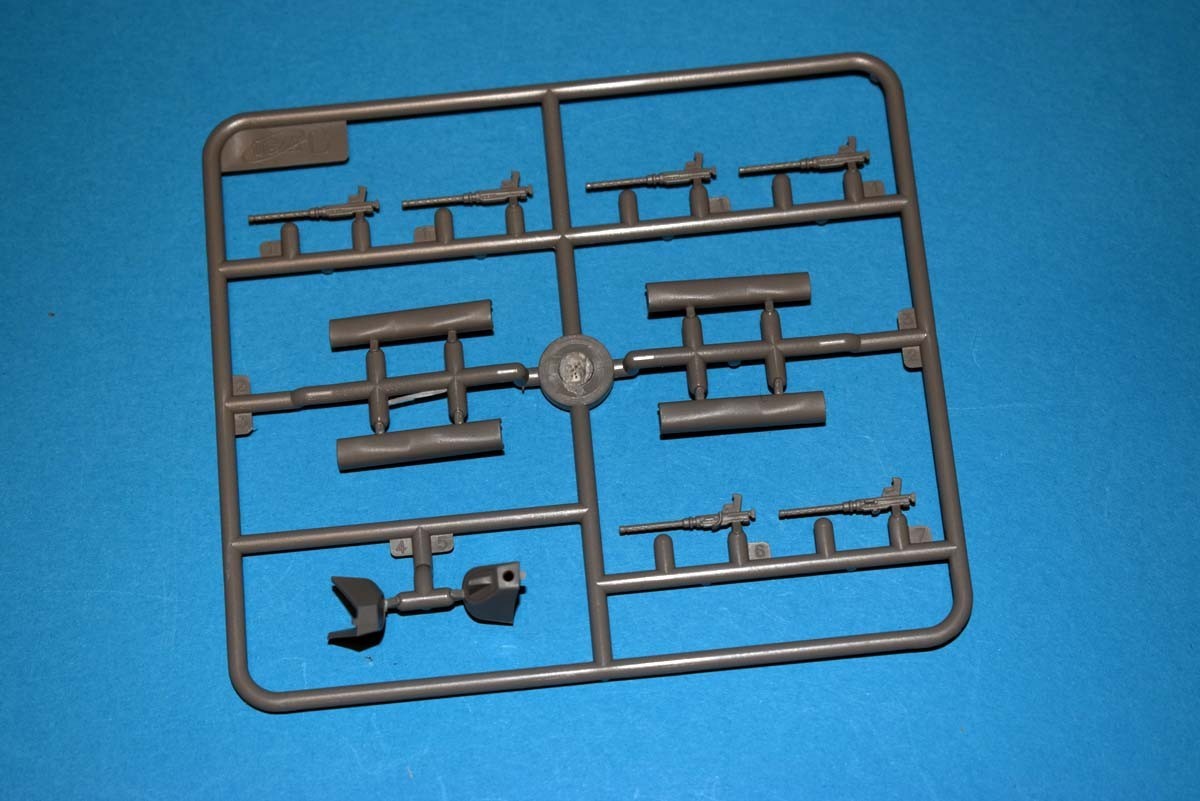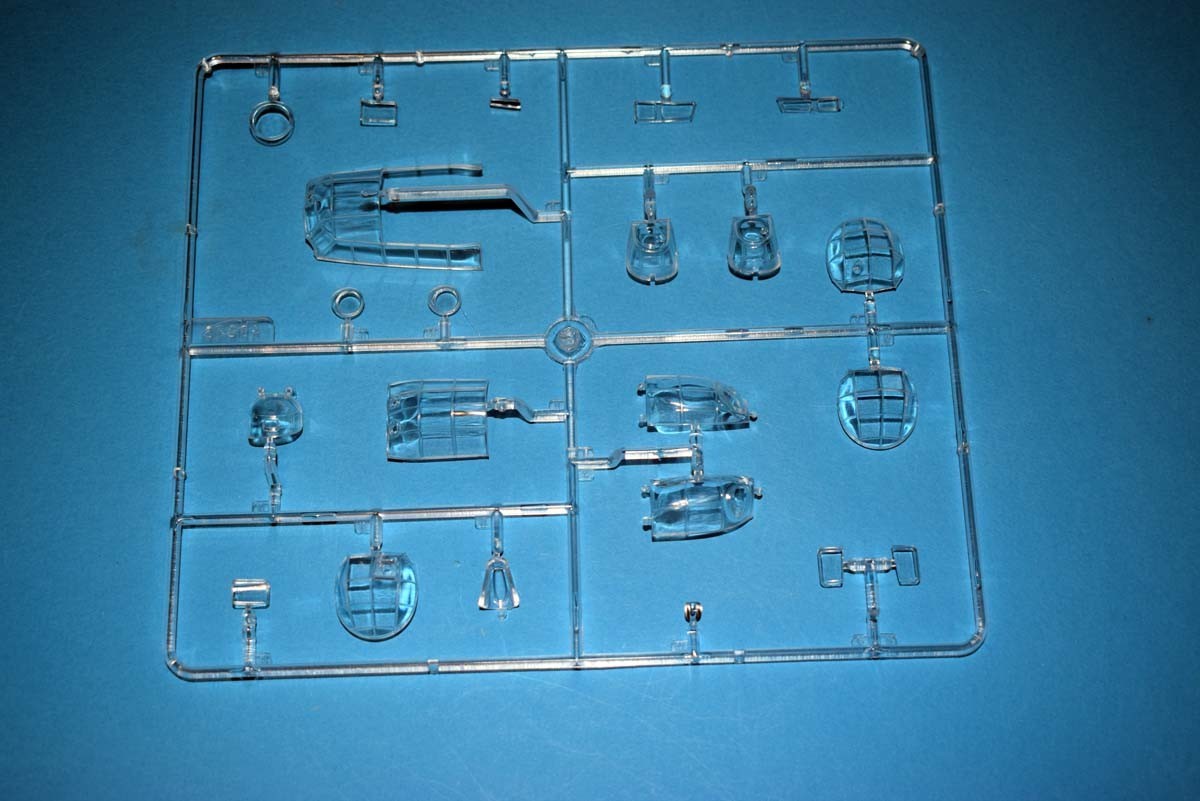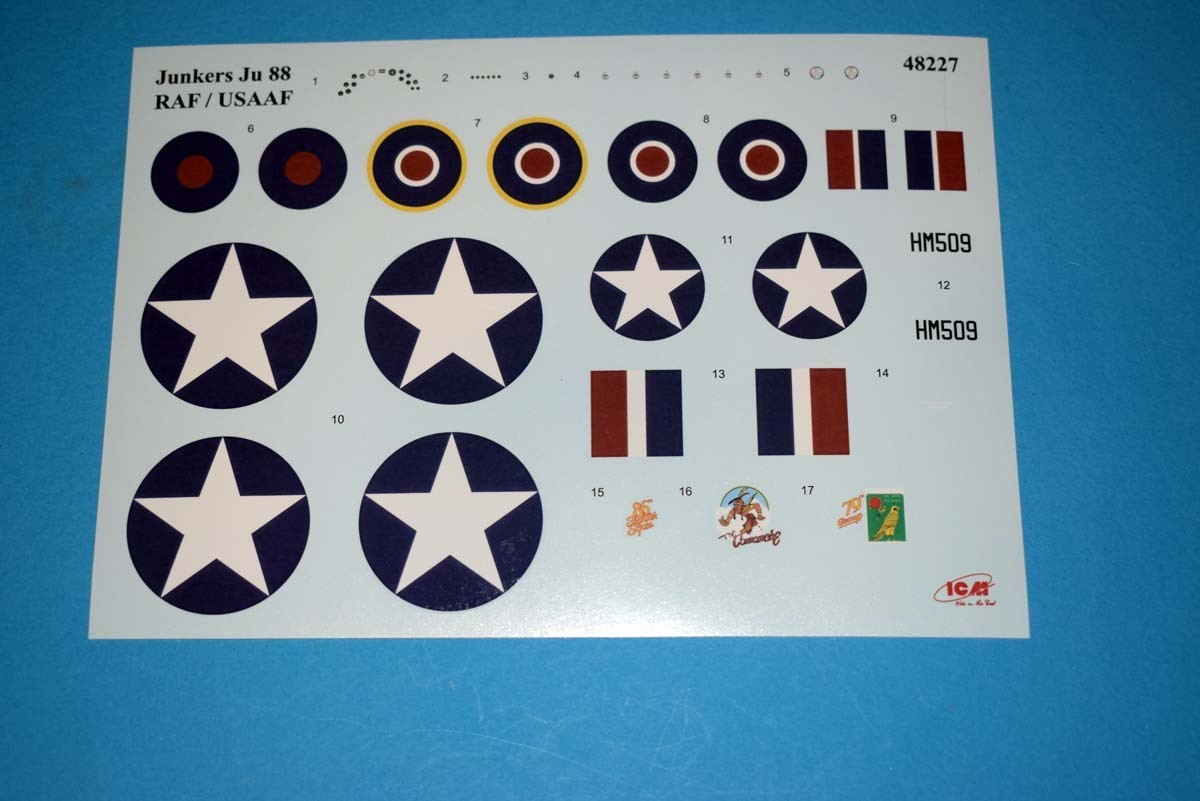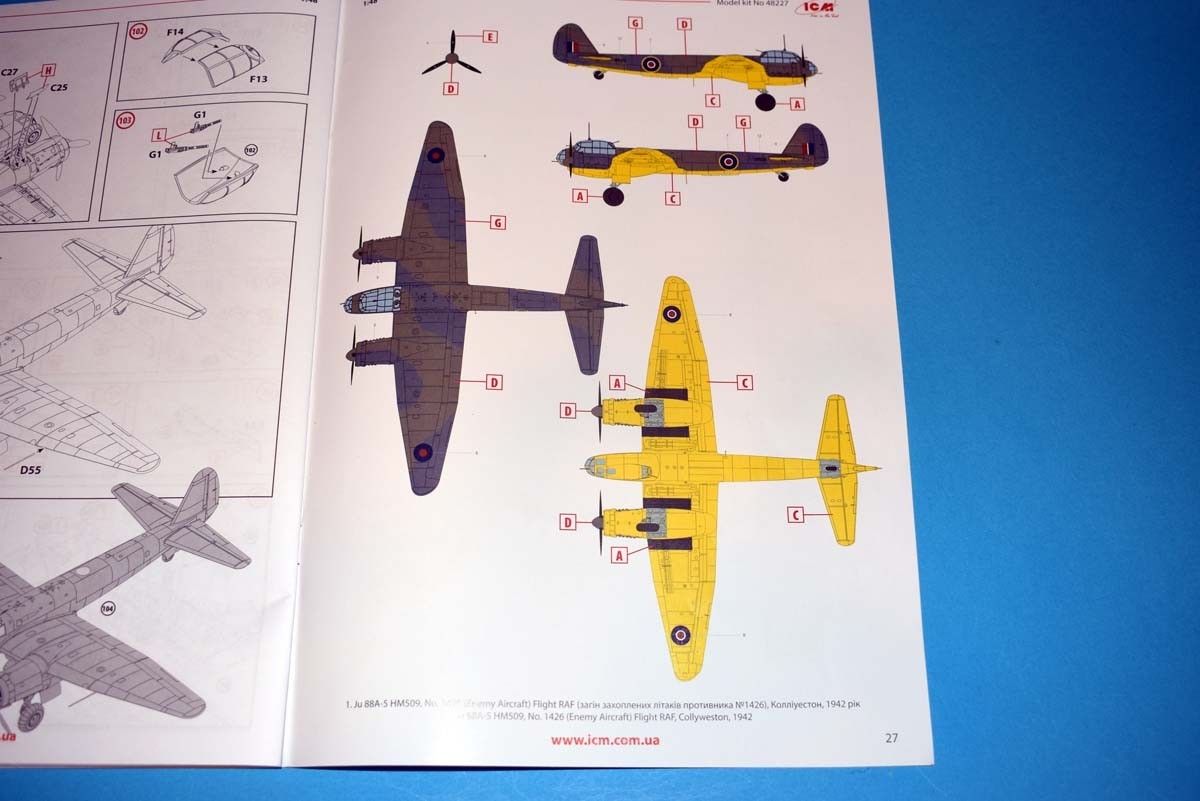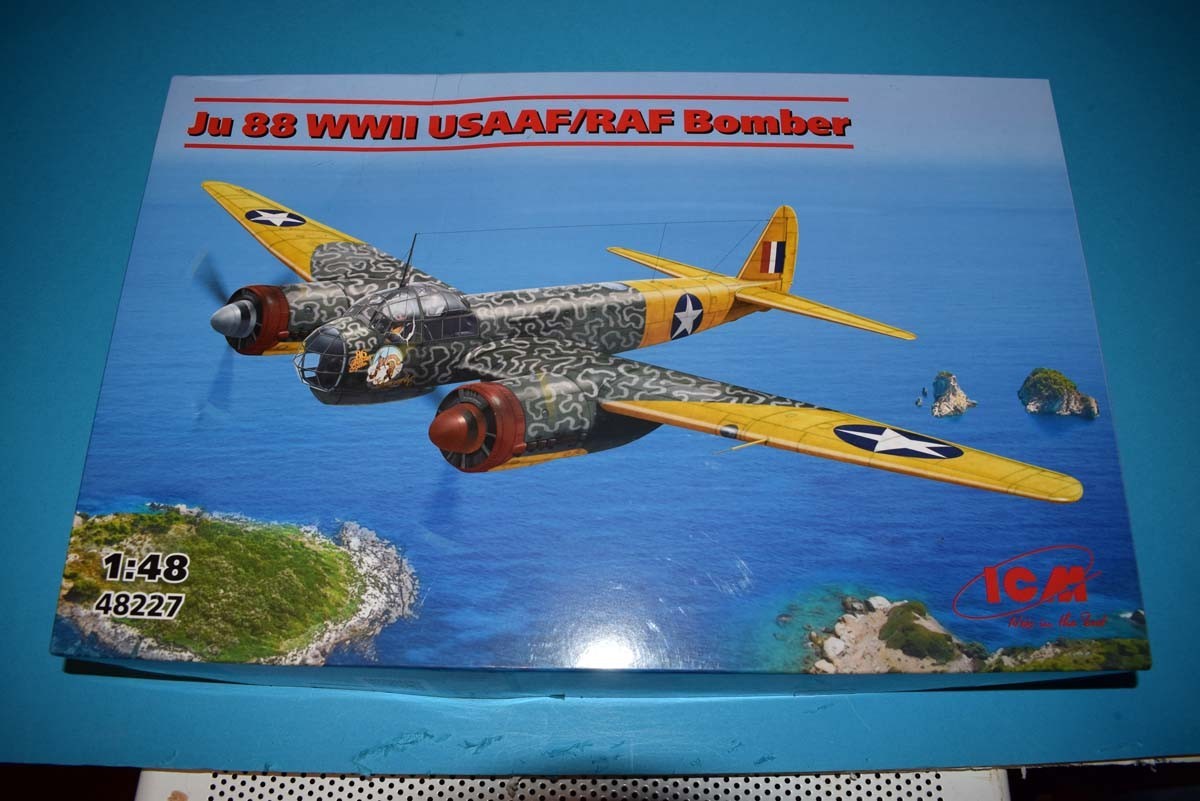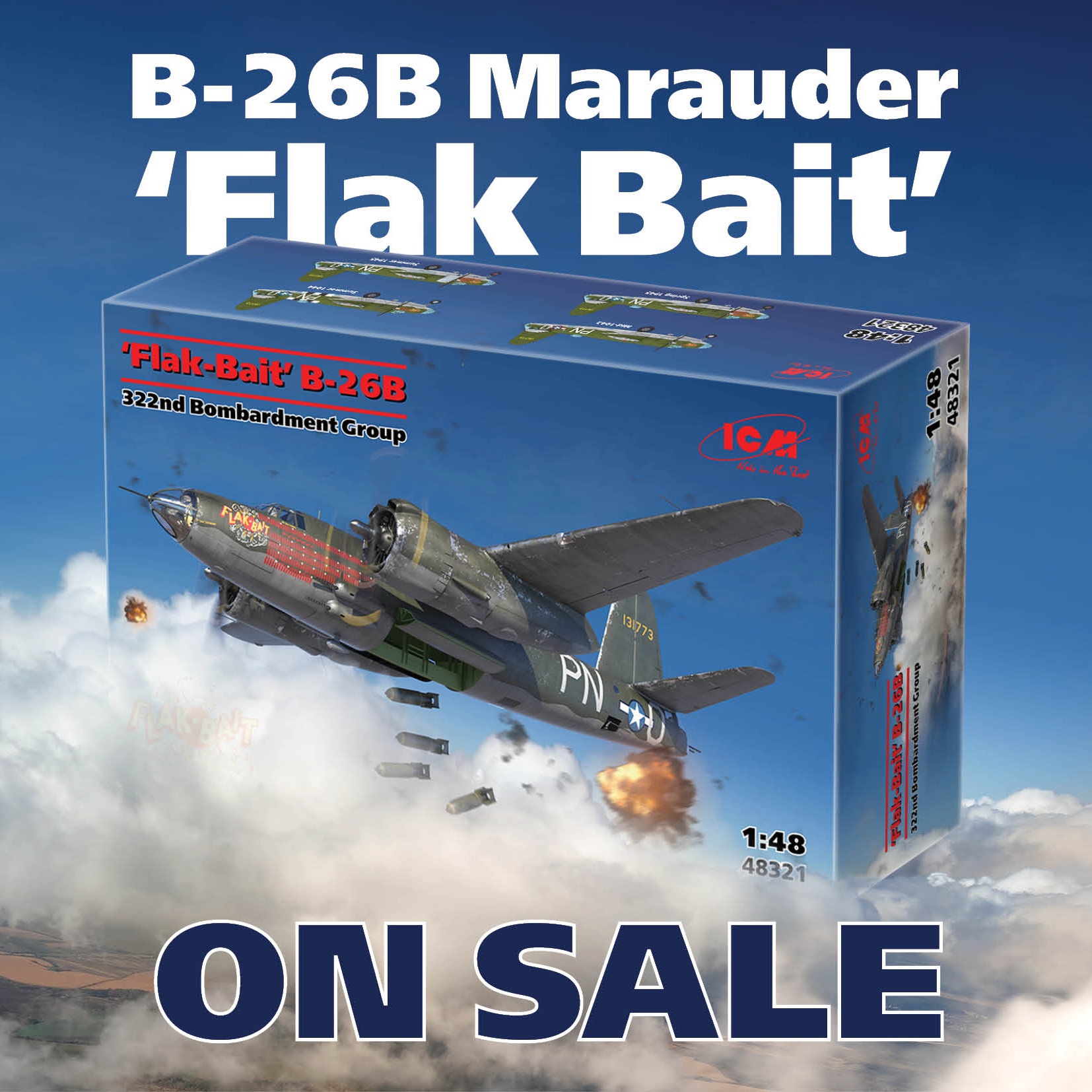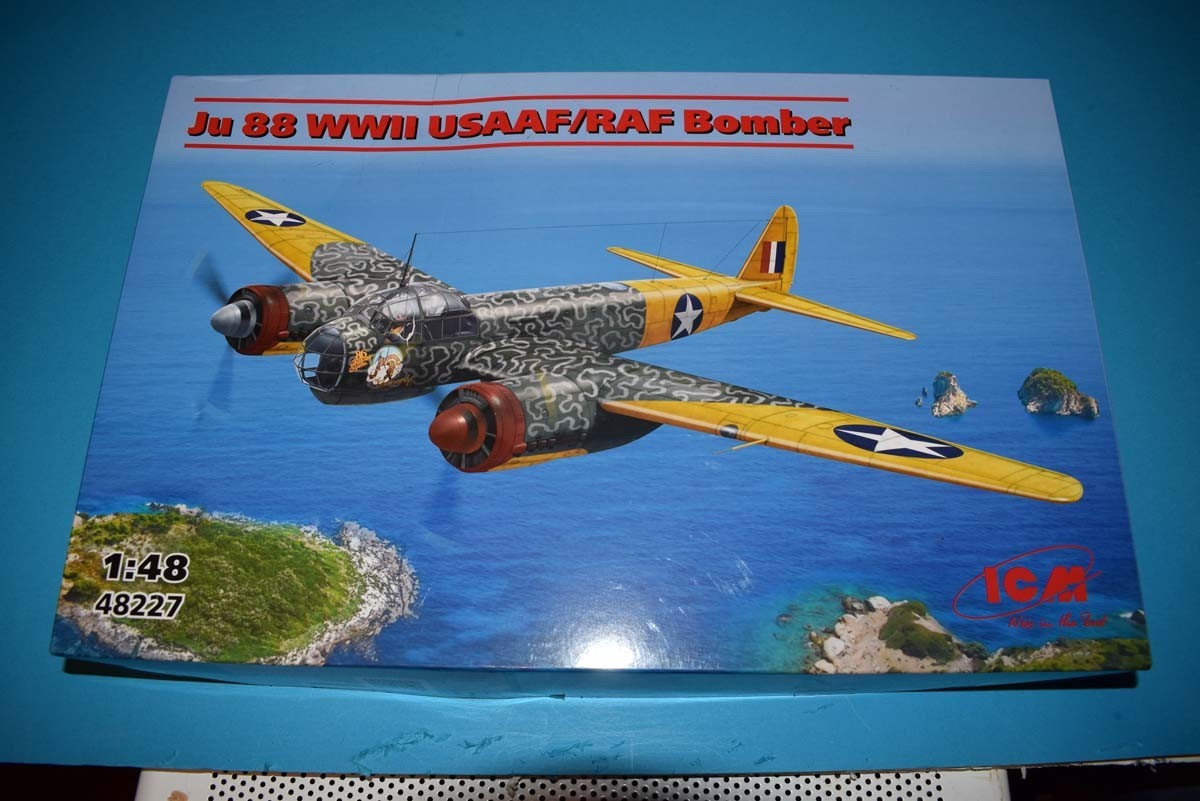
Introduction
The following introduction is supplied by ICM:
During World War I, the belligerent sides used enemy aircraft as fully functional combat units. In addition to purely combat use, the captured technology helped assess the technological development level of the enemy and identify its strengths and weaknesses. The same practice continued during World War II. Both the Allied and Axis powers extensively used captured enemy aircraft in their air forces.
For example, a Ju 88A-5 bomber from 2/KGr 106 of the Luftwaffe mistakenly landed in England on November 26, 1941. The aircraft was given British identification markings, a new camouflage, and the serial number HM509, and it flew as part of the RAF until May 1944.
Another interesting story involves a Ju 88A-4, captured by American forces in Italy in the fall of 1943. This bomber was incorporated into the 86th Fighter Squadron of the USAAF, where it received its original paint scheme and a bright emblem featuring an image of an Indian on the left side of the fuselage. Later, it was flown to the United States, where its appearance initially caused panic among air surveillance observers, as its silhouette was recognized as an enemy aircraft. The captured Ju 88A-4 was later stationed at several US Air Force bases and used in various public events.
Review
During World War II the Germans utilised the Ju88 for a great many tasks. While it may have been designed as a bomber - they were also used for ground attack and night fighter roles during WW2. Due to the large numbers produced it was inevitable that aircraft would be captured by the Allies in tack and utilised from that point to assess enemy aircraft capabilities. Both the RAF and USAAF came into precession of Ju88s and ICM has now released their Ju88 in 1/48th scale with the marking for both American and British aircraft.
In typical ICM fashion, the model arrives in a flip top cardboard tray, with a separate card lid showing the artwork. This packaging style has proved its worth on this occasion, as the card cover has actually been punctured and a small amount of that puncture has extended through the card lid but the contents are undamaged. An examination of the package shows that despite the model in its various forms having been available for some time, the moulds are holding up very well, and while I have heard some people complain about the model I have always been happy with any work I have done on them.
The ICM Ju88 family all have a very nice interior, with lots of detail both moulded and as parts needing to be added. There are a lot of after market products available, and for me the one absolute must is harness detail as in this scale and as the model is so heavily glazed it really does need the harness details on the seats. One of the things that you will need to consider, right at the start is if you wish to build the USAAF or RAF version of the kit, as the first 16 pages cover the construction of the RAF version and then a further 10 pages cover the USAAF version. The model provides a good radio detail and ammunition storage. Decals are provided for the instrument cluster, but again you good go the after market route. The glazed portions of the cockpit meet my expectations with regards to thickness and so enables a good view of the interior. The seats themselves are reasonably detailed other than the lack of harness which has already been mentioned. In addition to the cockpit interior, you are also provided with very nicely detailed engines, which could be further dressed up with photoetch, and the part of the model that I quite like is that the main suspension can be attached to the wings prior to the engine nacelles being added. Brake lines are the only thing that really needs to be added.
Unlike many other large scale recent releases from ICM no wing spars have been included with this release. However, a sizable portion of the lower inboard portion of the wing is added to the fuselage along with the cockpit detail and this gives you a good surface area to which you can add the rest of the wing surface to prior to the addition of the suspension and engine nacelles keeping the weight down while everything sets up. The flight control surfaces can be set as the modeller desires, and is something that I appreciate in an aircraft model. The exhausts on the engines are an aspect that I have often replaced with resin after market as it is obviously much thinner at the openings and so looks better. Displaying the engines is possible, but I would suggest that you look at after market releases to further enhance these areas of the models. The bombs on this release are quite well tackled for the scale, and the only thing that is really missing is the propeller for arming the bomb as it drops.
One of the disappointments of this release, is that ICM has not included the details for the masks for the clear portions on the model and so I would suggest again looking at the after market as the glazing is plentiful. When it comes to finishes 2 options are present:
Ju 88A -5 HM509, No 1426 (Enemy aircraft) Flight RAF, Colly weston, 1942
Ju 88A-4, 86th Fighter Squadron USAAF, Foggia, October 1943
Looking at the 2 finishing options provided, I actually prefer the American option as the British option is quite dull other than the underside being yellow.
